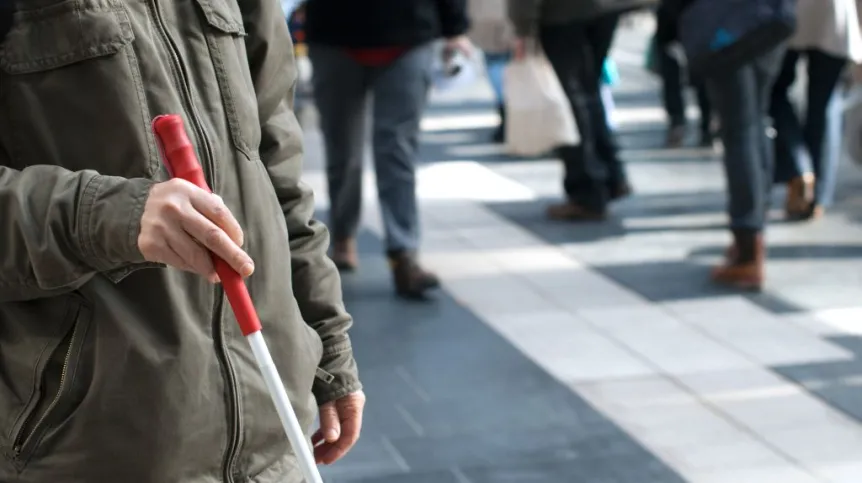
It will help the blind safely cross the street with the emitted signals, while not disturbing the residents of the buildings located nearby. The innovative signalling system adjust the volume of the emitted sound to the current level of street noise.
We all know the distinctive sound that accompanies us on many pedestrian crossings with traffic lights. Sound signal appearing with each green light helps blind people, but it can make life difficult for the residents of buildings located close to such noisy crossings. It becomes unbearable especially at night, when all sounds are perceived as much louder.
The solution to the problems of both the blind and those who are bothered by noisy signals can be innovative signaller developed at the Central Institute for Labour Protection - National Research Institute (CIOP-PIB). "Simply put: our signaller will adjust the level of the sound signal to the noise level around the pedestrian crossing" - told PAP said one of the creators of the device, Leszek Morzyński from the Central Institute for Labour Protection - National Research Institute.
The level of noise occurring in a particular place is called background noise. "Some sounds actually prevent us from hear other sounds well, or hearing them at all" - he described. For this reason, signaller are programmed to emit sounds that are louder than street noise.
However, sometimes the situation is not so obvious. "Sometimes the opposite phenomenon occurs, resulting from the properties of human hearing. The sound of the signaller could be heard even if it were quieter than the noise of the street, because it would not be masked. It all depends on the frequency and level of the two sounds" - explained Leszek Morzyński.
Experts from the Central Institute for Labour Protection - National Research Institute want to use this property of hearing. In order to turn down the signallers they will apply sets of special filters that can determine the level of noise in specific frequency bands, and on that basis determine the so-called hearing thresholds for those frequency bands taking into account the masking effect. This would allow the new signallers to generate signals with volumes a few decibels lower than those currently used.
Quieter signallers can be installed at pedestrian crossings where traffic lights will be newly installed, but also replace the already operating - louder - devices of this type. For now, the creators of the system do not have any signals from the companies interested in the implementation of the invention.
According to Leszek Morzyński, the signaller will not be any more expensive than those that are installed today. "The design of the signalling device is similar to the signallers that are currently used, but the software will be different. This means that the cost will be only slightly different" - assured Leszek Morzyński.
PAP - Science and Scholarship in Poland
ekr/ agt/ mrt/
tr. RL













